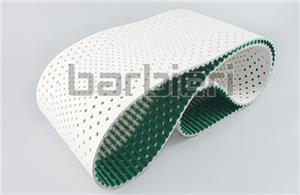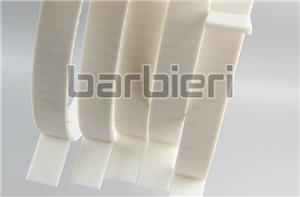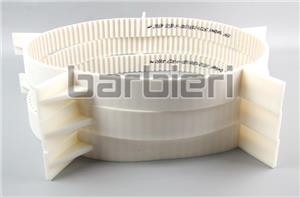Factors that must be fully considered when selecting a timing pulley
In order to ensure the accuracy and rationality of the timing pulley selection, it is necessary to comprehensively consider multiple factors such as power, speed, transmission ratio (reduction ratio), shaft diameter, installation space, center distance and tension. Only by fully understanding and grasping these key factors can the operating efficiency, stability and service life of the equipment be ensured.
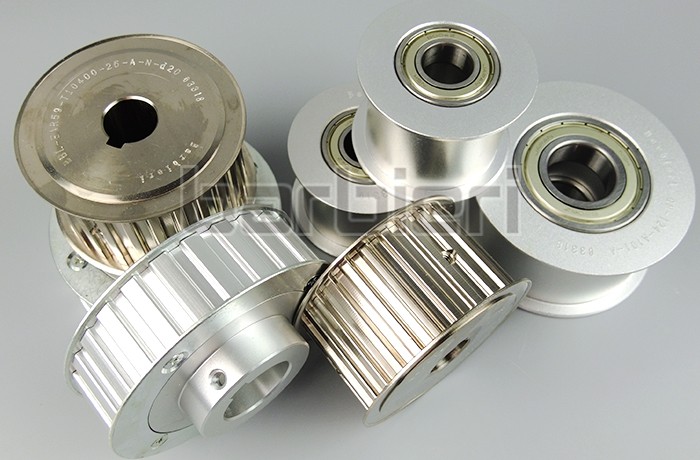
1. Power: The driving timing pulley relies on the motor. Different applications and working conditions have different power requirements for the timing pulley. Therefore, it is necessary to first determine the power of the load. It is necessary to refer to the timing pulley power range selection and select a timing pulley that can withstand the corresponding load.
2. Speed: The speed generally refers to the smaller of the two wheels. If the size is the same, you can specify one at will. You need to refer to the synchronous wheel power range to ensure that the selected synchronous wheel can meet the speed requirements.
3. Transmission ratio (reduction ratio) If deceleration is required, a combination of a large and a small driving wheel and a driven wheel should be selected; if deceleration is not required, synchronous wheels of the same size can be used. Reasonable transmission ratio design can ensure that the equipment achieves the expected transmission effect during operation.
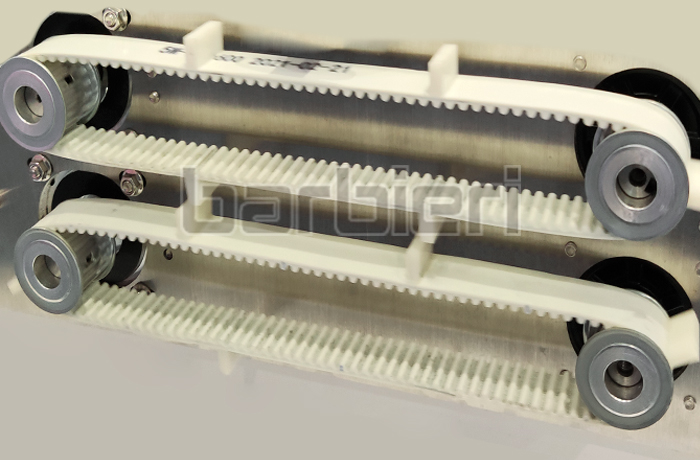
4. Shaft diameter: It is the size of the installation shaft, which determines the size of the inner hole of the timing pulley. According to the actual size and shape of the installation shaft (such as round, D-shaped, etc.), the appropriate inner hole size of the timing pulley can ensure the close fit and stable operation between the timing pulley and the installation shaft.
5. Center distance: It refers to the distance between the centers of the inner holes of the two timing pulley. The timing belt length is calculated according to the formula based on the diameter of the timing pulley and the center distance. Reasonable center distance design can ensure that the timing belt maintains proper tension and stability during the transmission process.
6. The tension determines the width of the timing belt. The larger the width, the stronger the tension.
7. Installation space: It is a factor that cannot be ignored in the selection of synchronous wheels. The overall layout of the equipment and the installation space restrictions must be fully considered to ensure that the selected synchronous wheels can be installed smoothly and meet the operation requirements of the equipment.
- Polyurethane Timing Belt
- Annular Timing Belt
- Open-end Timing Belts
- AT-series Timing Belts
- T-series Timing Belts
- STD-series Timing Belts
- HTD-series Timing Belts
- RPP-series Timing Belts
- TT5-series Timing Belts
- Imperial Series Timing Belt
- Supported Polyurethane Flat Belt Series
- Double Sided Timing Belt
- ATN-series Timing Belts
- Timing Belt With Backing
- Timing Belt With Fabric
- Timing Belt Punching
- Polyurethane Self-tracking Timing Belt
- Polyurethane Belt With Profile
- Special Processing Timing Belt

